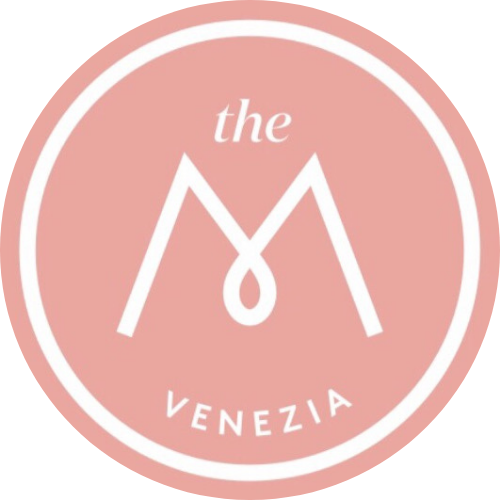#AmoreMurano

Brief History
Glass vessels dating from the Roman era have been excavated across the Veneto region. During the Middle Ages the art of glassmaking was closely linked with mosaic, as Venetian mosaicists used glass tesserae, or pieces, to create designs to decorate the floors, walls, and vaults of many of the city’s churches. By the 1220s, glassmakers were organized into guilds operating under a strict set of statutes that governed many aspects of their working conditions and daily lives.
Glassblowers came to be located on Murano for two reasons. The first was to minimize fire risk in Venice itself. The great number of glass-firing ovens—which regularly reached some 1500 degrees Celsius—produced beautiful glass objects but also initiated fires in the city. In the 1270s, city officials began to transfer glass workshops from the center of Venice to Murano to minimize risk.
The second reason to relocate glassmakers to Murano was probably political. Murano glassmaking techniques were being leaked across Europe, and sequestering glassmakers on Murano allowed the Republic to control the production and export of glass, ensuring that their trade secrets remained on the island. Glassmakers faced steep fines or even imprisonment if they traveled outside the Republic, though interestingly, glassmakers from Dalmatia, Bohemia, and elsewhere were occasionally authorized to work on Murano. Until the sixteenth century, Murano glassmakers held a monopoly on European glassmaking, and their stunning creations brought them renown across the world.

What to see/Glassblowing demostration
Join a unique experience in Venice with this glassblowing demonstration and glass factory tour. See a master artisan at work to find out how the glass is made.
Website: Wave Murano Glass

What to do/Murano Glass Museum
The museum showcases unique pieces dating back to the 5th century B.C.E as well as presenting works of the the Golden Age of glassmaking between the 14th and 17th century and finally displaying contemporary glass crafts. It is worth mentioning the chandelier with 60 branches on the first floor, which was presented at the first Murano Glass Exposition in 1864 and was awarded the gold medal.

What to eat/Trattoria Busa alla Torre [da Lele]
Trattoria Busa alla Torre is one of the oldest restaurants on Murano, the splendid island in the Venetian Lagoon renowned for its glass.
Chef and patron of the restaurant is Gabriele Masiol, known by all as Lele il Rosso, an attentive, meticulous, curious and resourceful host, an authentic gourmet, lover of and expert on food and all its multitude of culinary alchemies.
The restaurant proposes sophisticated dishes, dedicated to the tradition of Venetian cooking, prepared with seasonal products from the lagoon.

What to see/Punta Conterie
New in Town! Located in the outer perimeter of the former Conterie di Murano a building which is representative of the island industrial heritage.
It’s first and foremost a cultural and urban regeneration project. “A novel and eclectic concept for a new space dedicated to international creativity and contemporary food and wine. Punta Conterie is a fluid place in which the arts, green design and good food and wine blend harmoniously, stimulating unusual pathways, whether visual, cultural or tasteful.”
----------------------------------
Murano From The Past
Il nostro negozio a Murano oggi e inizio '900


Trattoria "da Lele" ancora in attività

Trattoria "Al Corallo" ancora in attività

Veduta Fondamenti dei Vetrai

